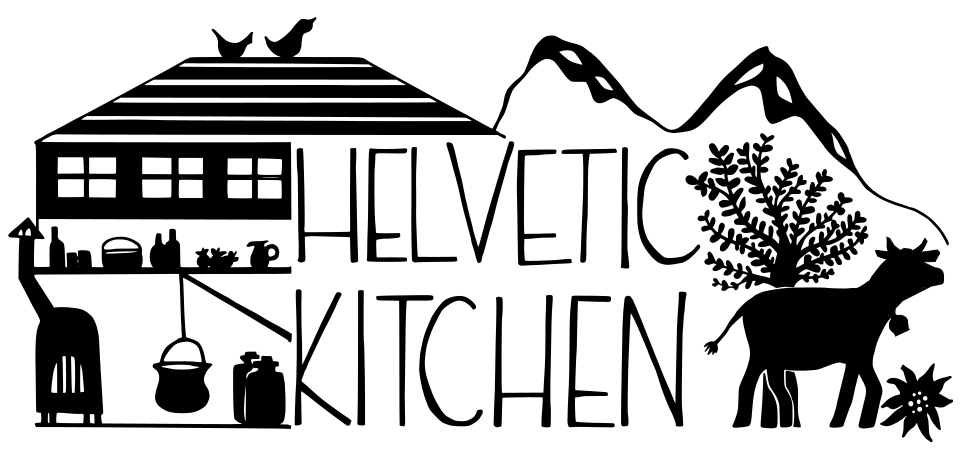Cinque Pi
“Mmmh, Cinque Pi,” my sister-in-law always says with a smile.
And she’s not the only Swiss person to love this dish. Whenever I mention it people nod in agreement.
“Sehr fein,” they say.
The cinque pi, or five Italian ‘p’s in this case are panna (cream), pomodoro (tomatoes, in paste form), Parmigiano, prezzemolo (parsley), and pepe (pepper). Add a sixth, penne, and you’re cooking.
You definitely can’t beat the prep time—on a good day (when my preschooler is distracted, making fantasy fight scenarios with her small zoo of stuffies) I can get it on the table in 20 minutes.
“Yum,” she says, “sehr fein, mummy!”
The name is Italian, but is the recipe?
My mother grew up in Switzerland, but ended up in Canada when she was in her early twenties, meeting and marrying my Italian father. She was embraced by his large Toronto family, many who had left their home country, like her, as young people…and at times I think she fancies herself more Italian than Swiss.
When I told her about the Cinque P, she put on her most skeptical face.
“Never heard of it. Definitely not Italian.”
And she might be right.
There is a French Wikipedia article about it, Cinq P, and a more detailled German Kochwiki entry, complete with recipe. But when I search for Italian recipes, I don’t find a match.
There are recipes with just cream and one other ingredient (like parmigiano or prosciutto), recipes with cream and tomatoes (but almost exclusively using pelati tomatoes or passata) and something called penne al baffo, which has cream and passata, but also ham.
(And there’s a case being made for Sicilian roots—see comment from December 2021 below.)
Authentically Swiss, but not authentically Italian?
In Switzerland Cinque Pi is a family favourite, and all the usual suspects have their own versions—Betty Bossi, Annemarie Wildeisen, Swissmilk—using a similar quantity of ingredients, including nearly half a litre of cream.
My version does not differ much, except I like a lot of tomato paste (in my opinion the sauce should be a rusty red colour, rather than a salmon pink), and I don’t feel sad omitting the parsley (though I have included it here because it makes a nice garnish for photos).
When I served it, my mother raised a skeptical eyebrow, and took a bite.
Her face broke into a smile.
“Delizioso!”
500 g pasta, cooked
400 ml cream
80 g tomato paste (around 5 tbsp)
60 g Parmesan cheese, finely grated
nutmeg, salt and pepper
bunch of parsley, chopped finely, plus a couple of leaves for garnishing
Cook the pasta according to package instructions.
Meanwhile, in a large pot, bring the cream to a boil (be careful it boils over quickly), reduce the heat to low and whisk in the tomato puree. Cook for about 5-10 minutes, or until the cream thickens.
Whisk the cheese and seasonings into the cream sauce.
Add the sauce to the cooked, drained pasta and stir to coat, garnishing with parsley.
Typically this dish is made with penne, but I think most short pasta shapes would work.
Keep your eye on the cream, it can boil over quickly.
Real (Swiss) Italian?
Polenta












